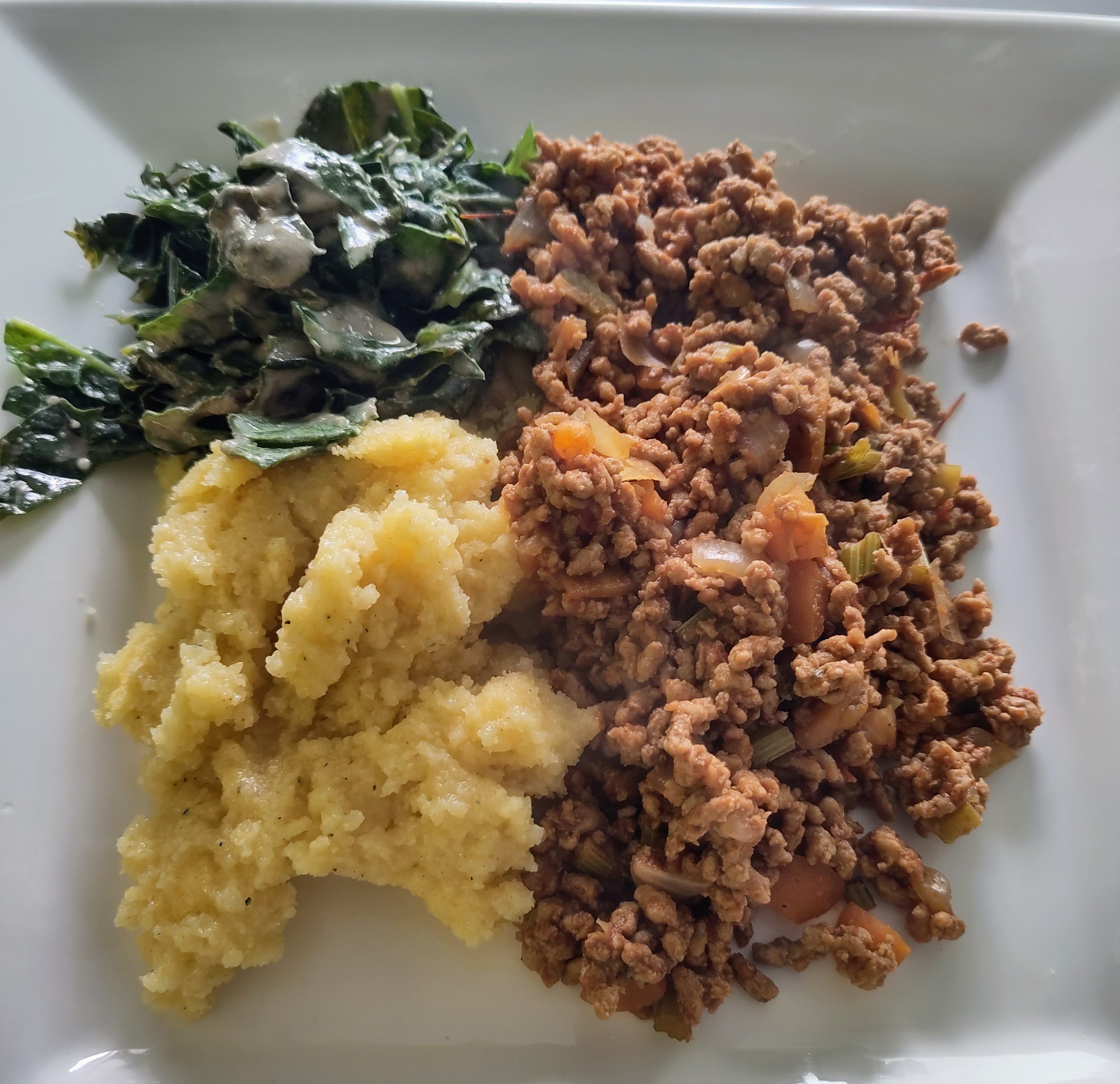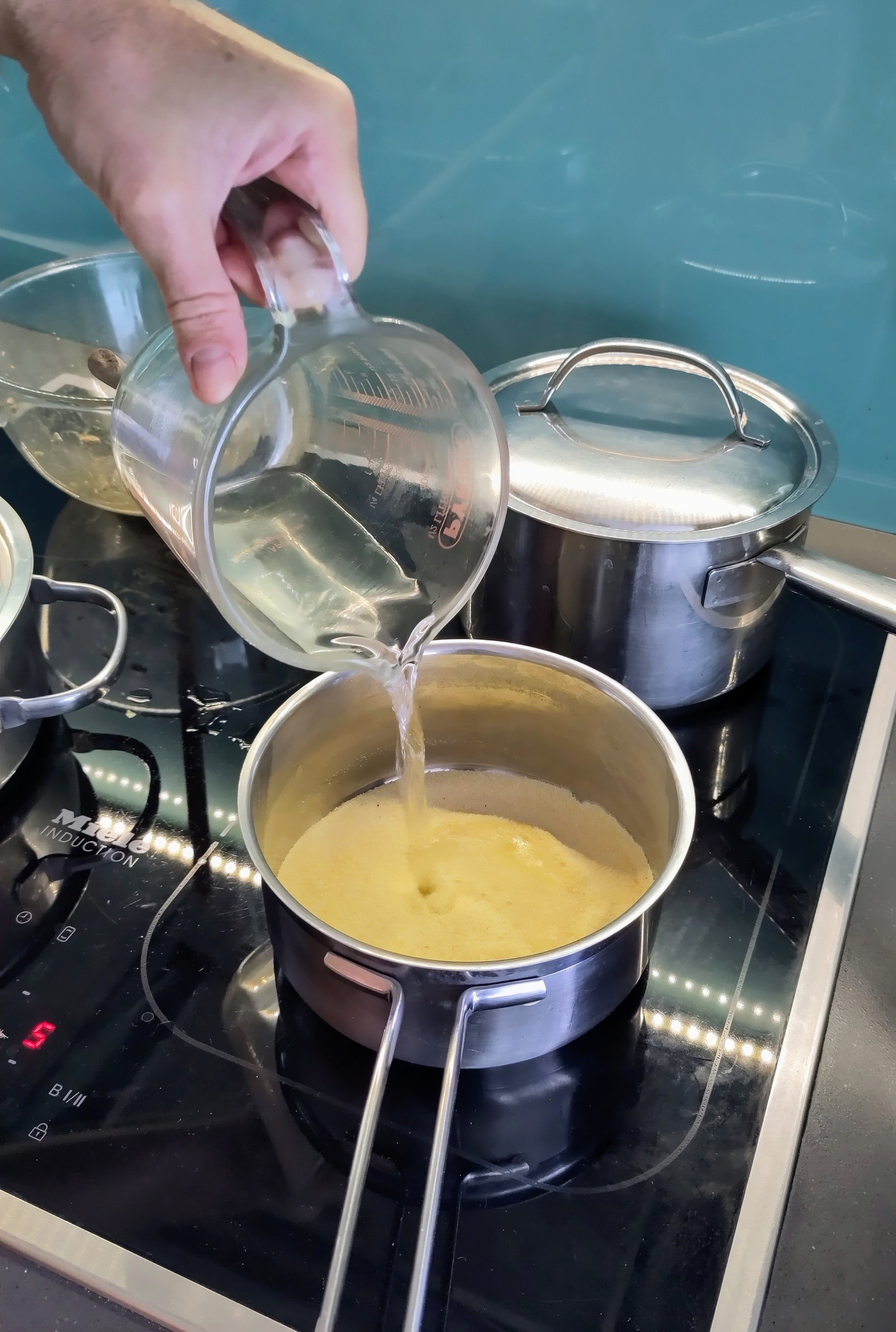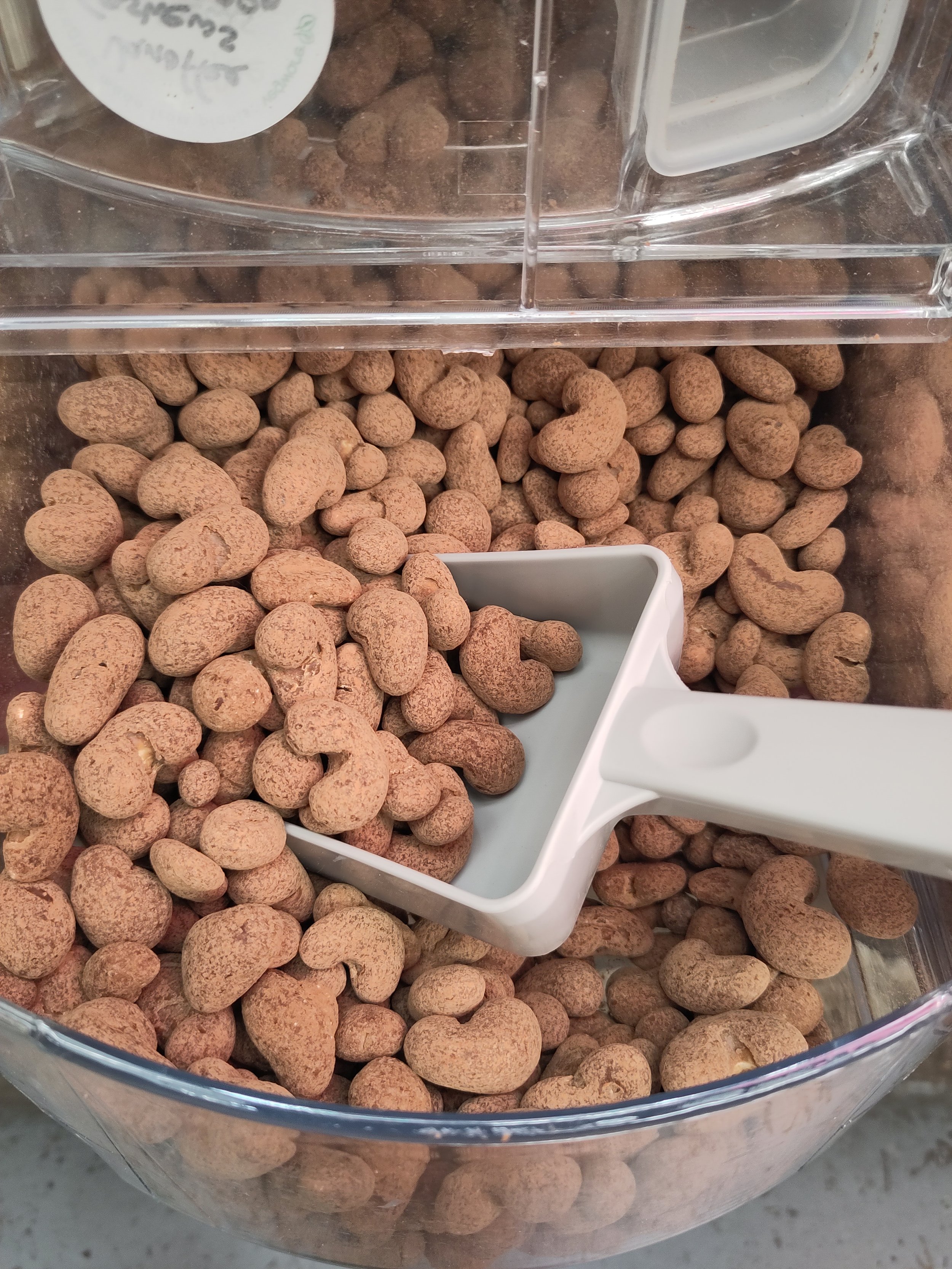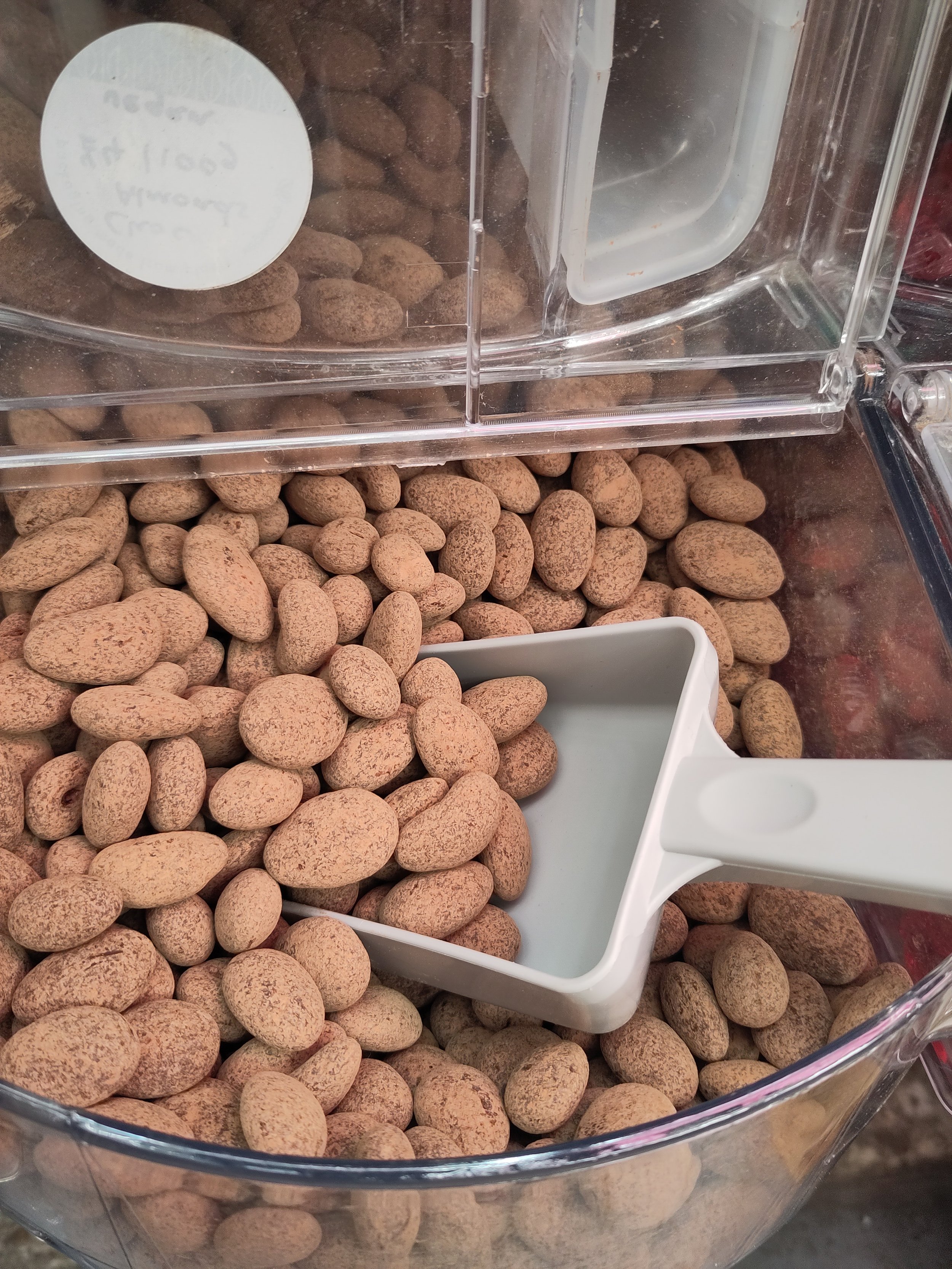How to get more fibre in your diet
Fibre has long been a hot topic in nutrition, but with so much misinformation out there, it’s hard to separate fact from fiction. We spoke to Chris Cheyette—best-selling author, dietitian, and Get Loose volunteer—to set the record straight and help you increase your fibre intake.
What is fibre?
Dietary fibre is the part of plant foods that the human body can’t digest. Once commonly known as ‘roughage,’ fibre is mainly composed of carbohydrates and plays a crucial role in gut health.
There are different types of fibre, each with distinct benefits:
Soluble Fibre – Found in foods like fruit and oats, this type dissolves in water and helps lower cholesterol and blood sugar levels.
Insoluble Fibre – Present in wheat bran, nuts, and vegetables, it adds bulk to stools and promotes regular bowel movements.
Resistant Starch (RS) – A highly fermentable type of soluble fibre, RS feeds beneficial gut bacteria and is found in foods like bananas, potatoes, grains, and pulses.
Prebiotics – Certain carbohydrates that nourish gut bacteria, found in onions, garlic, asparagus, and bananas.
For more details on fibre, check out the British Dietetic Association’s fact sheet.
Why is fibre important?
A high-fibre diet offers numerous health benefits, including:
Supporting digestive health and preventing constipation
Stimulating bowel muscles
Helping regulate blood sugar and cholesterol levels
Contributing to a feeling of fullness, which can aid in weight management
Serving as a key food source for healthy gut bacteria
Reducing the risk of heart disease
Some fibre myths
Myth; Too much fibre leads to weight gain.
Fact; High-fibre foods help you feel full, making it easier to manage your weight.
Myth; All carbs are bad
Fact; Carbs are an important fuel for the body. The amount that is right for your body will depend on a huge range of factors including; age, sex, weight, health condition/s and exercise levels.
Myth; Two dates will give me all the fibre I need for the day (thank you Get Loose customer for that one)
Fact; Three average size dates will give you approx 1g of the 30g of fibre recommended.
Myth; if you are getting your 5 a day then you will get enough fibre.
Fact; not necessarily! As some fruit and veg doesn’t contain a lot of fibre by weight. It helps, but isn’t going to cover it all.
Myth; Fibre always makes me bloated.
Fact; while fibre will create some gas, a natural process. If you eat more slowly, mindfully and chew properly this can reduce the amount of unprocessed food reaching the gut and causing bloating.
Myth; blending food destroys the fibre.
Fact; as long as you don’t remove any of the edible parts then you retain the fibre but as it is chopped up finely the glycemic index is higher.
How much should we be having?
The UK government guidelines suggests 30g per day for an adult with no relevant health conditions. Fibre for children will depend on their age.
Research suggests most adults get only 16g per day!
Which Get Loose products are considered high fibre foods?
The British Dietetic Association considers a high fibre food anything with over 6g of fibre per 100g.
For a full list of the national content of our loose products, plus links to recipe ideas, see HERE.
Almonds
Butter Beans dried
Cashews
Chickpeas dried
Coconut Chips & desiccated
Couscous (wholemeal)
Figs
Granola
Hazelnuts
Hemp Seeds
Kidney Beans (dried)
Linseeds (Flaxseeds)
Muesli
Oats (Gluten Free & regular)
Pasta (wholewheat)
Peanuts
Pearl Barley
Popcorn
Poppy seeds
Pumpkin seeds
Puy Lentils
Quinoa
Seed Mix
Sesame Seeds
Spudos
Sunflower mince
Sunflower seeds
Yeast flakes
Tinned items with over 6g of fibre per 100g;
Black beans
Borlotti Beans
Butter beans
Cannellini Beans
Carlin Peas
Chickpeas
Fava Beans
Kidney Beans
Tips on increasing your fibre intake
Drink more water – Fibre works best when paired with adequate hydration.
Increase fibre gradually – Allow your body and gut bacteria time to adjust.
Boost your breakfast – Add nuts, seeds, or dried fruit to cereals or porridge.
Incorporate pulses – Toss a tin of mixed beans or lentils into soups, stews, and salads.
Explore new recipes – Find fibre-rich meal ideas in the Get Loose recipe collection.
Tracking your fibre
You can keep track of your daily fibre intake using:
A notebook or phone notes
A nutrient-tracking app like Carbs & Cals
By making small changes, you can easily increase your fibre intake and enjoy the health benefits it brings. Happy fibre-boosting!













